Passive fire protection methods
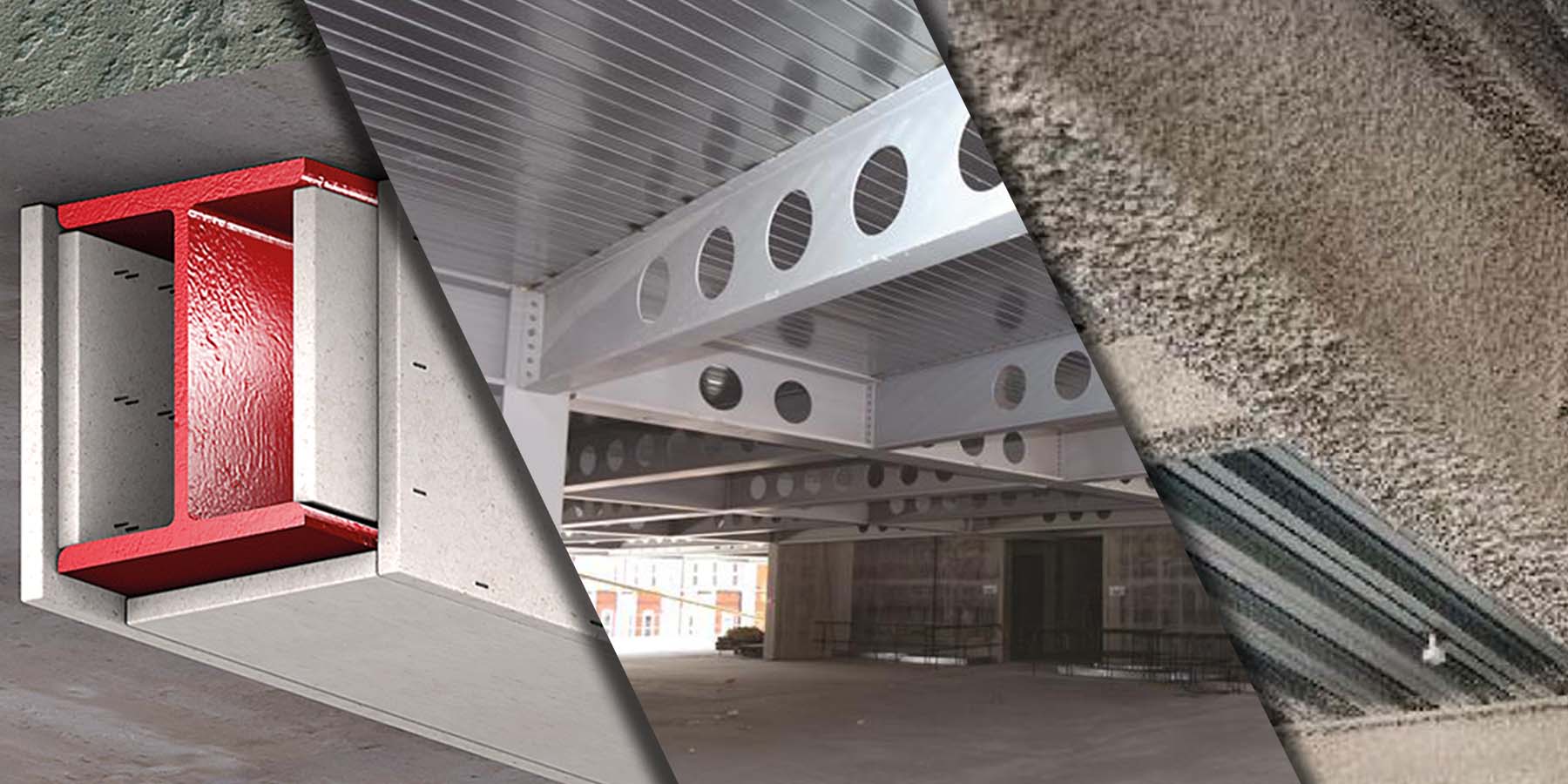
Fire-rated boards
Fire-rated boards can be framed around steel or timber structures in order to fire protect structural members. The composition of boards will differ between manufactures however their general composition is made up of processed gypsum.
Advantages
- Relatively low material cost
- Provides a smooth even surface for finishing
- Provides acoustic performance
Disadvantages
- Requires fitting of tracks and clips to steel elements to fix boards to
- A more labour intensive system to install, thus longer time frame on work site floors
- Boards have thicknesses ranging from 13mm to 30mm so can add significant weight
- Multiple layers of board may be required depending on the fire rating level required thus encroaches on available space
- Not suitable for complex configurations
- Requires patching and finishing of screw holes and setting of corners/edges
- Not suitable for external use or in damp or high humidity internal environments
Vermiculite
Vermiculite is a low cost wet cementitious fire rating material which is spray applied. It has been used in structural steel fire protection for decades. The system can only be used for internal environments as it is susceptible to damage by water ingress.
Advantages
- Low cost
- Economical – high yield – low density
- Monolithic coating
- Can be applied directly to steel
Disadvantages
- Vermiculite can only be used for internal protected environments, as it will be damaged by water ingress
- It is a ‘wet’ trade and other trades cannot work in areas during vermiculite application or have contact with the applied coating until it is fully cured, which can take some days depending on prevailing weather conditions
- It requires a relatively large application equipment footprint
- It creates a considerable amount of overspray to all surrounding surfaces and may require specific masking and protection
- It is a quite porous material, even when cured and, if steel is not primed prior to vermiculite application, corrosion can occur
- It can be damaged relatively easy
- If not pinned and meshed when installed, differential movement of sprayed steel can cause cracking and dislodgement of the vermiculite
Intumescent coatings
Intumescent is the newest fire protection methodology available. Unlike boards and vermiculite, intumescent is a reactive material which expands to insulate structural steel in the event of a fire. Every intumescent has different material properties and, therefore, has different required thicknesses and expansion behaviour.
The advantages and disadvantages of intumescent coatings depend on the type of coating system used. For more information visit the article on intumescent coating types.
Download the PDF
click hereMore articles...
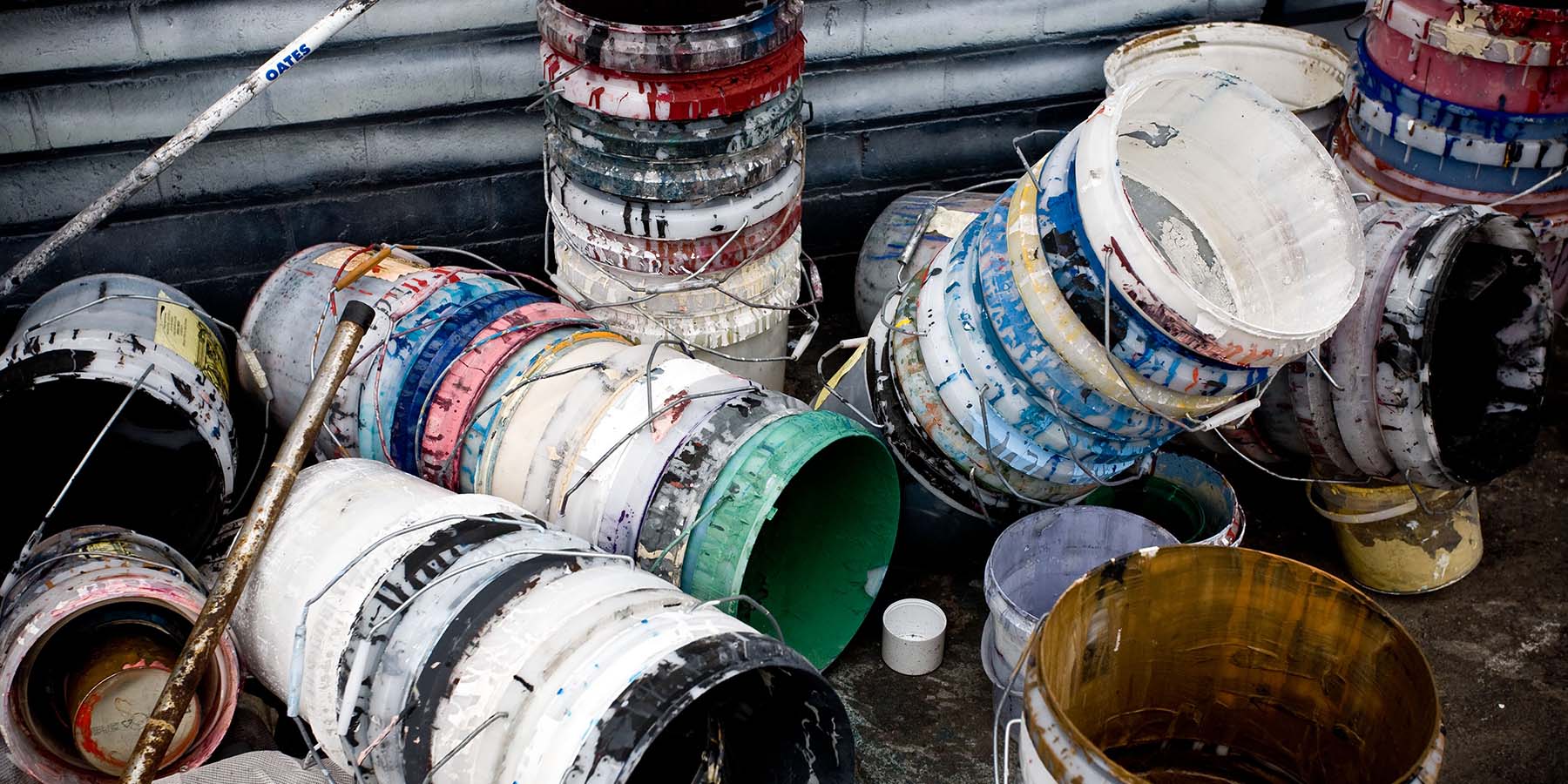
Intumescent coating types
There are a variety of intumescent coating types with different properties and application methods. Which type is the best for your situation?
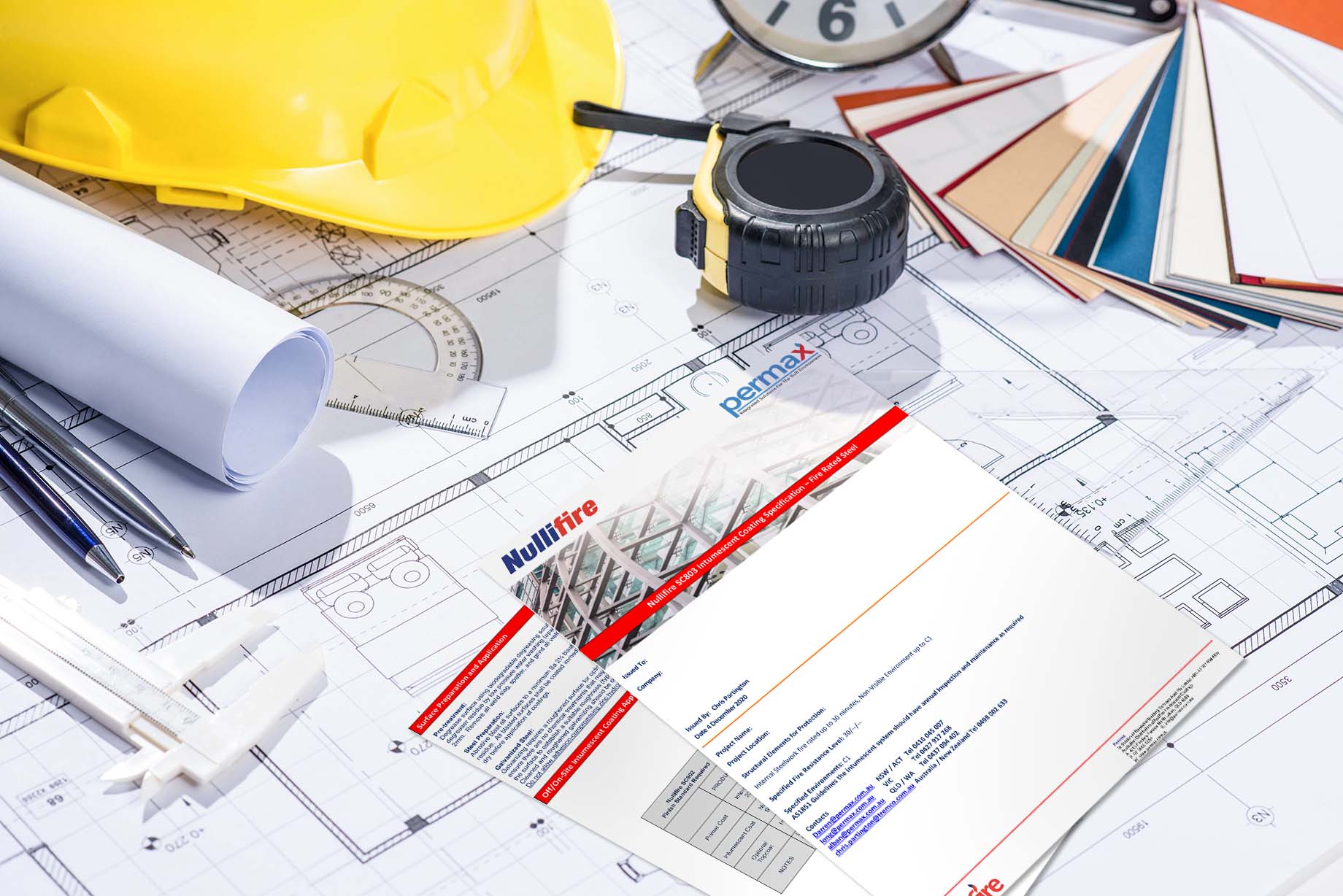
Intumescent paint coating specification templates
Access a range of templates supplied by manufacturers for the purposes of specifying their intumescent paint coating products for various FRLs and corrosivity ratings.
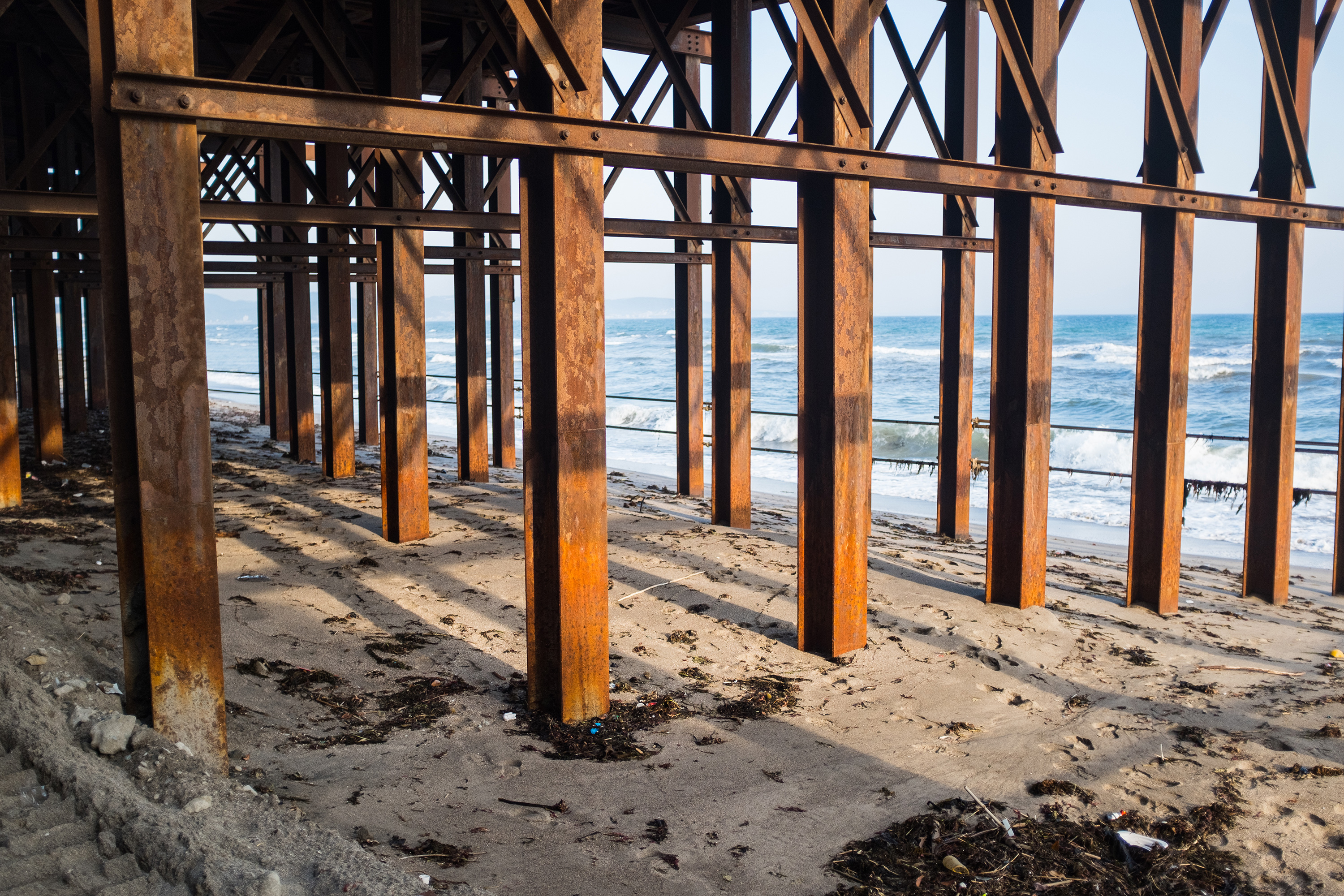
Intumescent paint coating corrosivity ratings in the Australian atmosphere
It's common knowledge that corrosion rates are affected by environmental factors, but do you know the various corrosivity ratings and their definitions?
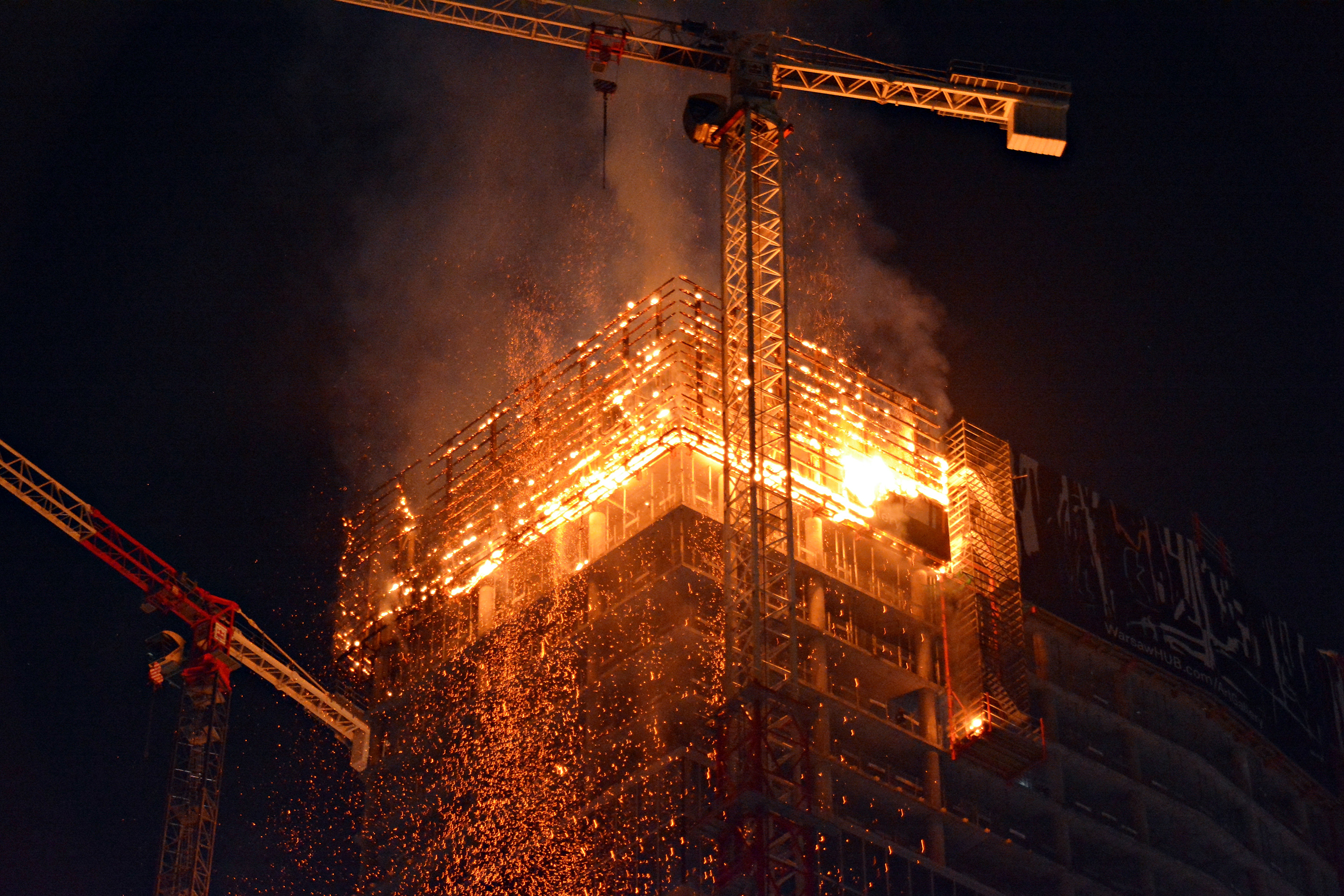
Limiting steel temperatures to maintain structural integrity
Maintaining structural adequacy on load-bearing steel is critical to the fire safety of building occupants, fire fighters and the surrounding built environment. Here's how limiting steel temperatures to maintain structural integrity relates to intumescent paint coatings.

Getting help with intumescent paint coatings
The specifying and application of an intumescent coating system is a highly specialised task that requires considerable training and experience to accomplish correctly.
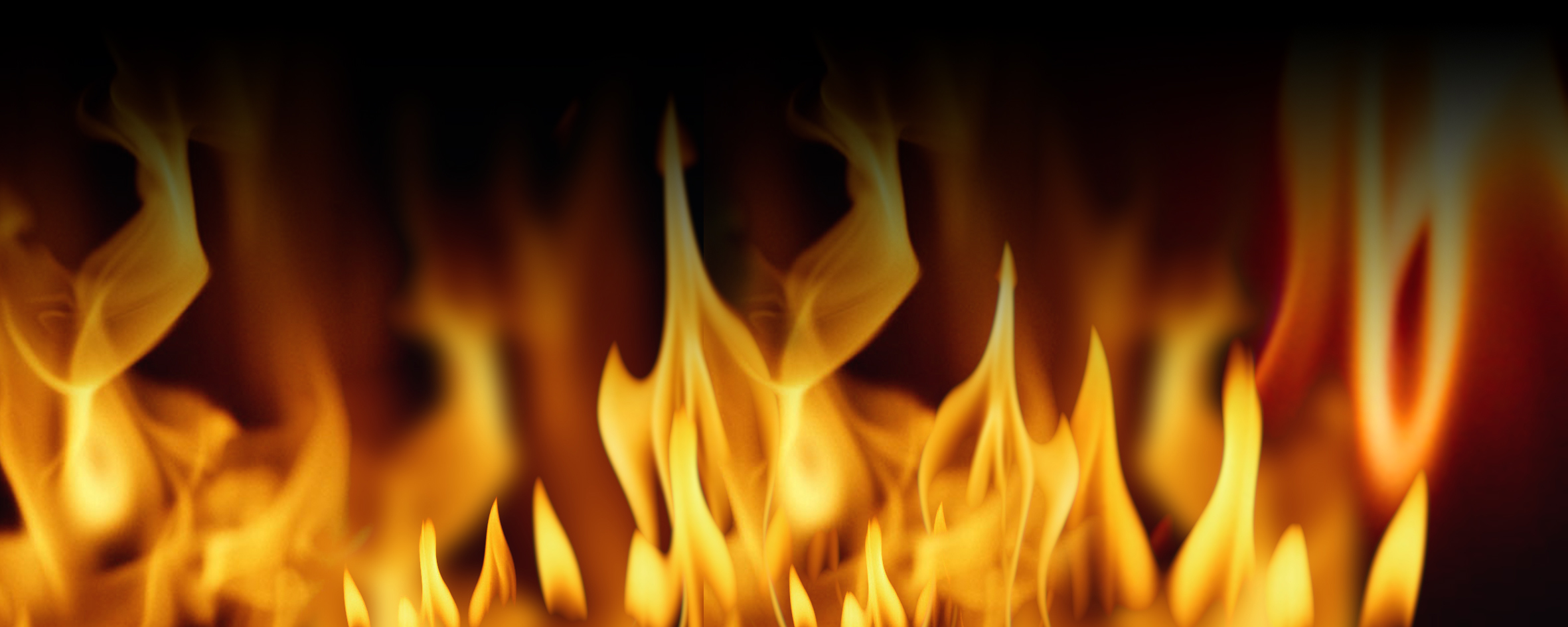
Fire types and severity
Different combustible materials burn at different temperatures which will have a bearing on the FRL of a given intumescent paint coating. This needs to be taken into account when specifying intumescent products so that the required FRL is ensured for the combustible materials that are likely to be encountered in a particular situation.
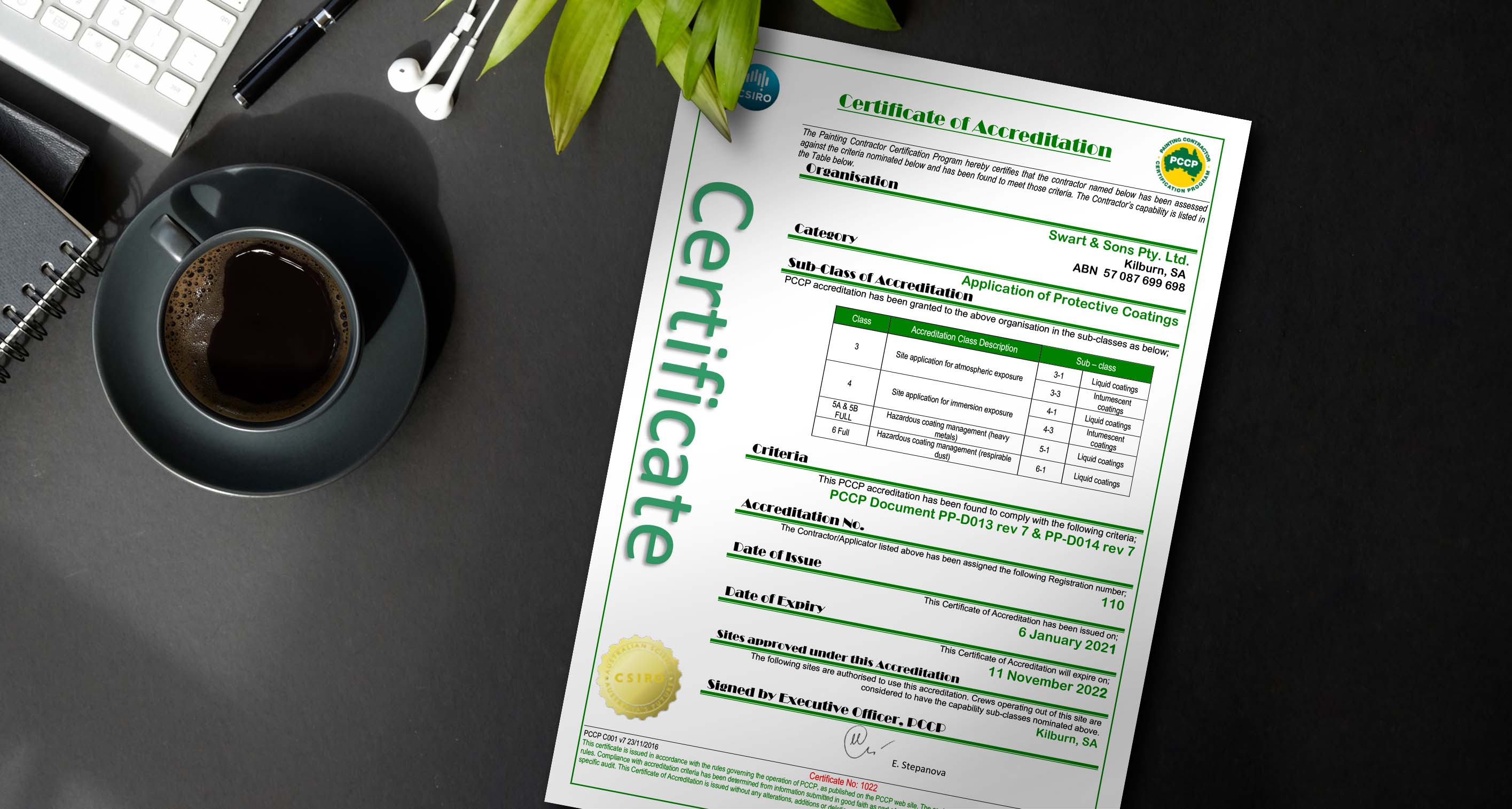
Quality assurance for intumescent paint coatings
We believe Painting Contractor Certification Program (PCCP) accreditation is paramount for passive fire protection contractors engaged in applying intumescent paint coating systems.

Specifying intumescent paint coatings
Whilst intumescent coating products may look just like paint, they have an important function (i.e. passive fire protection) that makes their specification a much more involved process.
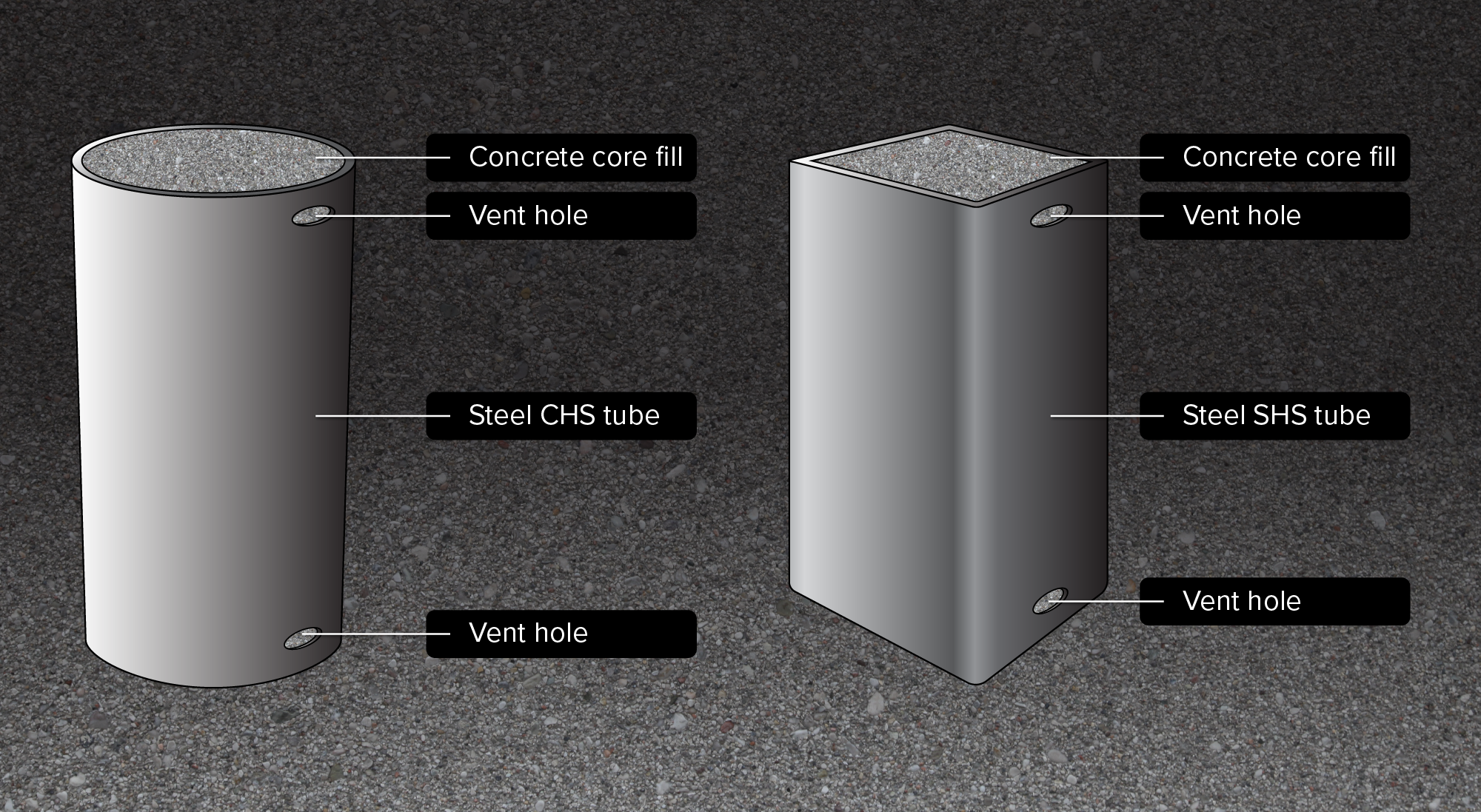
How core filling affects intumescent paint coatings
Core filling is a viable solution to fire-protect high Hp/A hollow section steel that is otherwise unable to achieve the desired FRL.
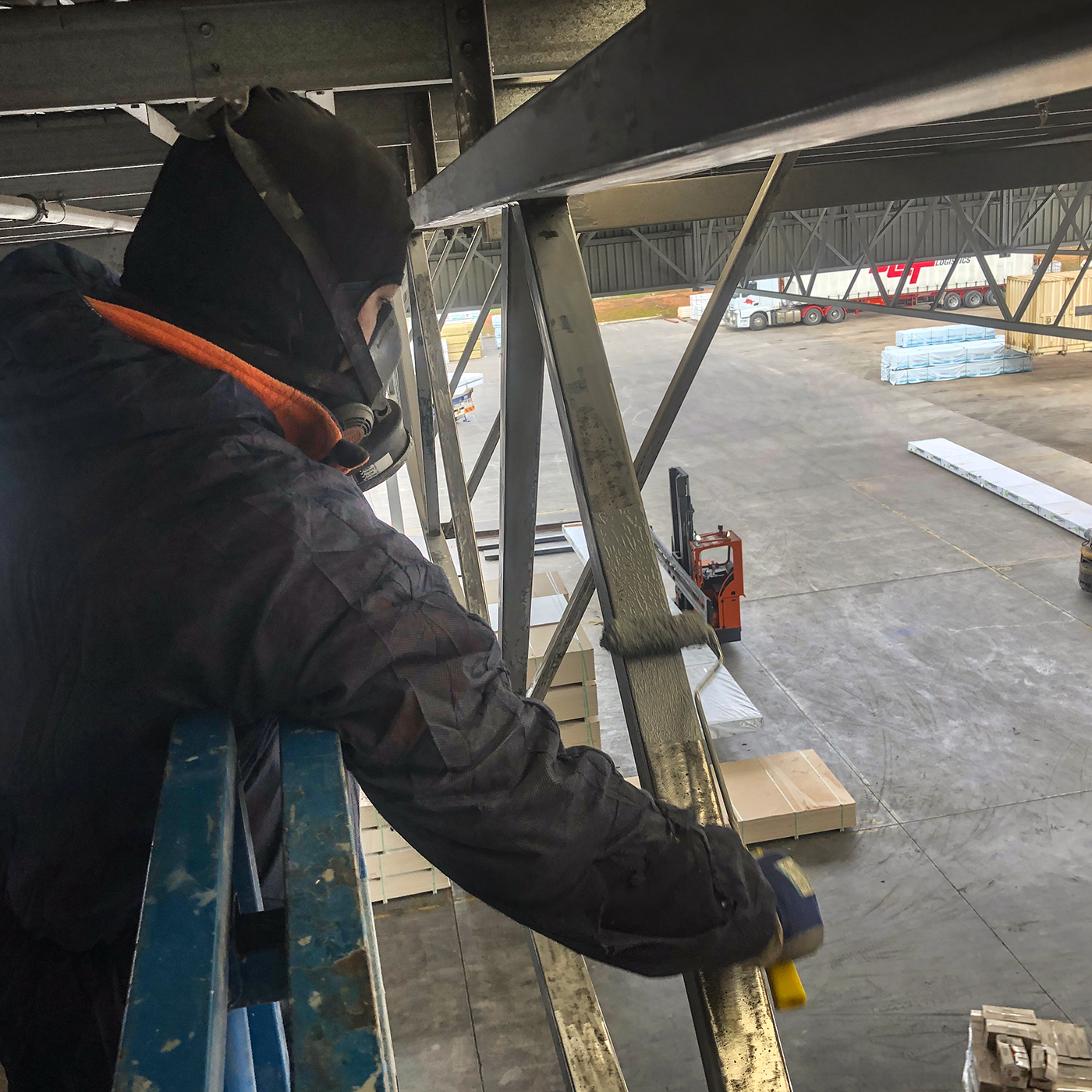
Applying intumescent paint coatings
Builders need to choose appropriately qualified subcontractors that are licensed to do work in the relevant state or territory, i.e. they are licensed to apply intumescent paint coatings.
